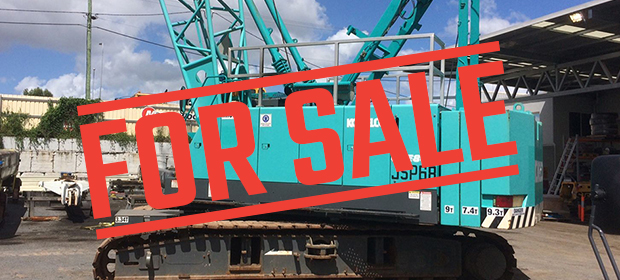In many projects, the crane is a very important piece of equipment in the production unit. They are reusable and, because of their many advantages, are widely used by manufacturers in the construction industry.
They can lift heavy weights and carry them from place to place with ease. However, it is also important to inspect your Crane Service and Repairs regularly and have it repaired if necessary, otherwise, it could be a nuisance at work and not an asset.
There are many advantages to maintaining and inspecting a crane if you do it regularly. This should not be avoided at all costs, otherwise, all gains can become a loss.

Below are some of the advantages of crane maintenance:
Saves Money: The main reason for routine crane maintenance is to protect your crane from major damage which can cost a lot of money. Faucet damage can be expensive if you have to replace parts of the faucet. This can be avoided with regular maintenance.
Guarantee and warranty savings: Many manufacturers only provide a guarantee or warranty if the crane is regularly serviced and repaired according to the instructions in the crane manual.
Increased efficiency: Regular maintenance of the crane increases the efficiency of the workplace and the crane. Apart from that, the crane perfectly performs the given task.
Reducing the risk of accidents: a crane that is not properly maintained or serviced regularly can cause workplace accidents, harm workers and create legal problems. However, this is not the case with well-maintained cranes.
